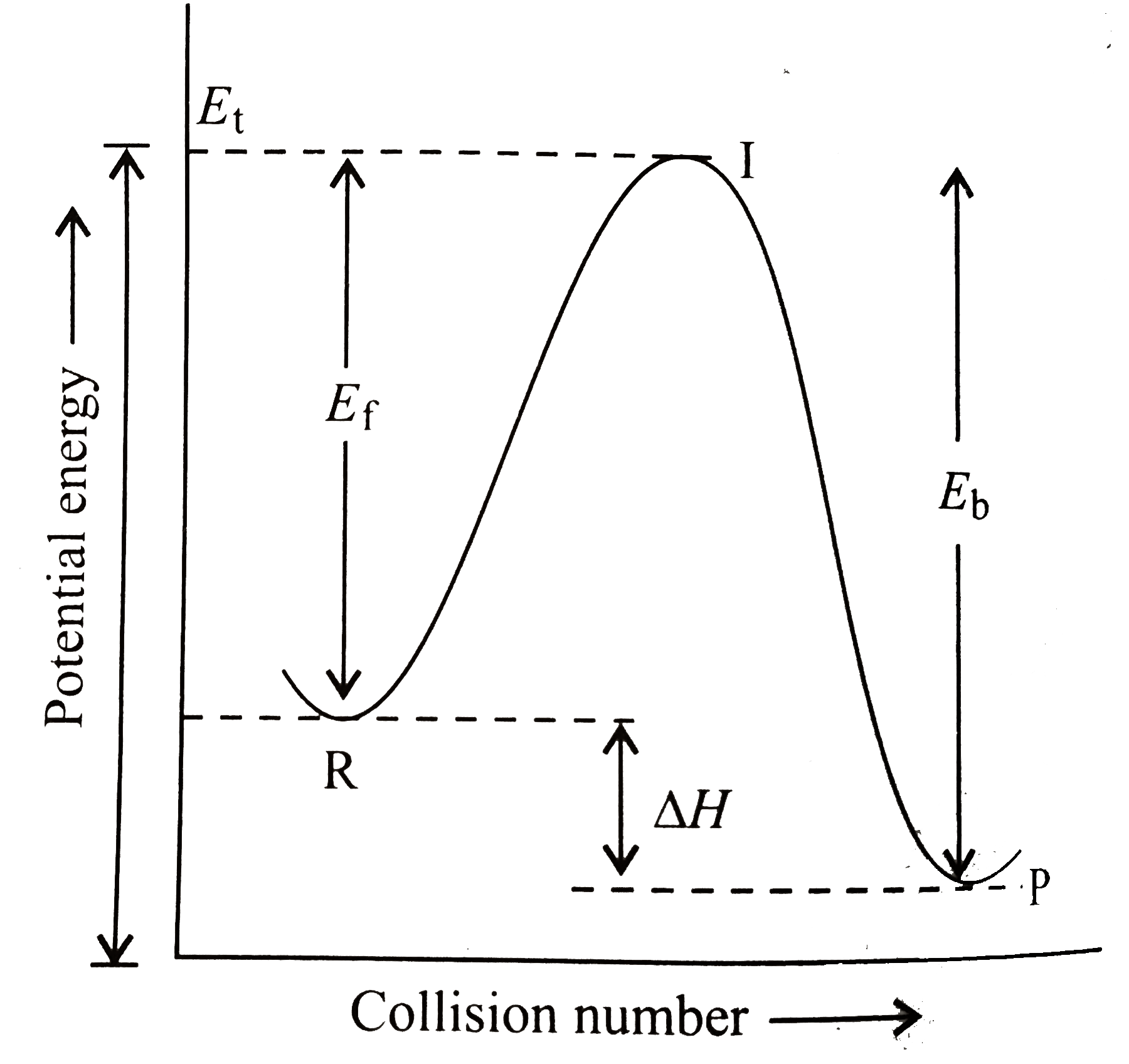The rate constant (K') of one reaction is double of the rate constant (K") of another reaction. Then the relationship between the corresponding activation energies of the two reactions (E′aandE''a) will beSolution in Marathi
Ea'>Ea''
Ea'<Ea''
Ea'=Ea''
Ea'>4Ea''
The correct Answer is:B
Step by step video & image solution for The rate constant (K') of one reaction is double of the rate constant (K") of another reaction. Then the relationship between the corresponding activation energies of the two reactions (E_(a)^(') "and" E_(a)^('')) will be by Chemistry experts to help you in doubts & scoring excellent marks in Class 12 exams.
Updated on:21/07/2023Similar Questions
The rate constant (k') of one of the reaction is found to be double that of the rate constant (k") of another reaction. Then the relationship between the corresponding activation energies of the two reactions can be represented as
View SolutionThe rate constant K1 of a reaction is found to be double that of rate constant K2 of another reaction. The relationship between corresponding activation energies of the two reactions E1 and E2 can be represented as
View SolutionFor a reaction AtoB with activation energy E_(a) and rate constant k=Ae^(-Ea//RT) . The rate of the reaction (Rate =k[A] ) increases by increasing the temperature because
View SolutionThe rate constant K1 of a reaction is found to be double that of rate constant K2 of another reaction. The relationship between corresponding activation energies of the two reactions E1 and E2 can be represented as
View SolutionA colliison between reactant molecules must occur with a certain minimum energy before it is effective in yielding Product molecules. This minimum energy is called activation energy E_(a) Large the value of activation energy, smaller the value of rate constant k . Larger is the value of activation energy, greater is the effect of temperature rise on rate constant k . E_(f) = Activation energy of forward reaction E_(b) = Activation energy of backward reaction Delta H = E_(f) - E_(b) E_(f) = threshold energy For two reactions, activation energies are E_(a1) and E_(a2) , rate constant are k_(1) and k_(2) at the same temperature. If k_(1) gt k_(2) , then
View SolutionA colliison between reactant molecules must occur with a certain minimum energy before it is effective in yielding Product molecules. This minimum energy is called activation energy Ea Large the value of activation energy, smaller the value of rate constant k. Larger is the value of activation energy, greater is the effect of temperature rise on rate constant k.

Ef= Activation energy of forward reaction
Eb= Activation energy of backward reaction
ΔH=Ef−Eb
Ef= threshold energy
The rate constant of a certain reaction is given by k=Ae−Ea/RT
(where A= Arrhenius constant). Which factor should be lowered so that the rate of reaction may increase?
View SolutionThe rate constant (K') of one reaction is double of the rate constant (K") of another reaction. Then the relationship between the corresponding activation energies of the two reactions (E_(a)^(') "and" E_(a)^('')) will be
View Solution
